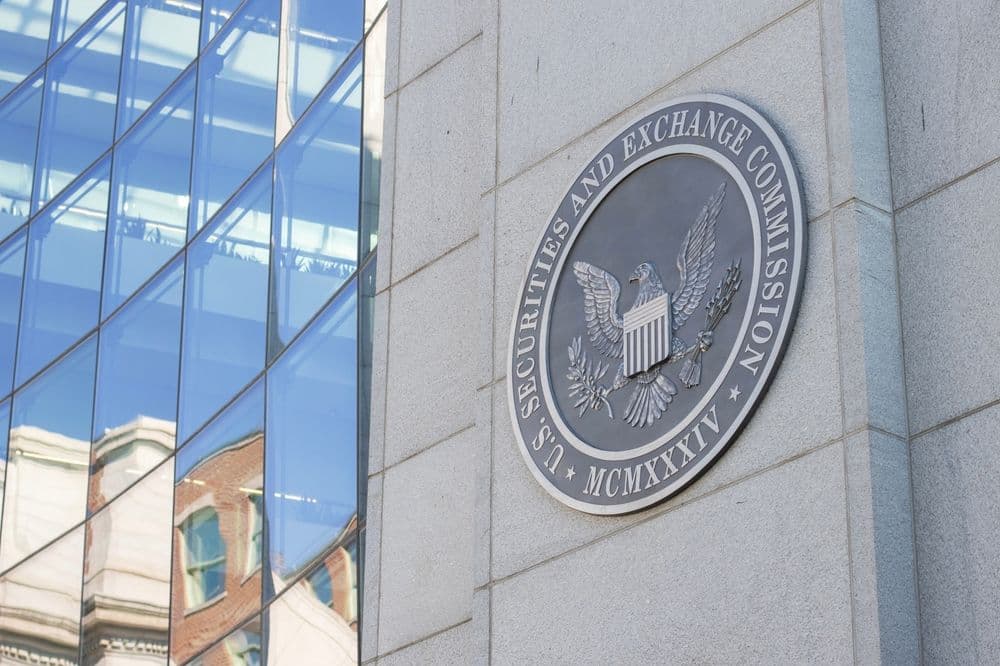 Vietnam unveils five-year crypto pilot to bring $100B crypto trading onshore. (Shutterstock)
Vietnam unveils five-year crypto pilot to bring $100B crypto trading onshore. (Shutterstock)Vietnam’s crypto activity has flourished outside formal oversight. According to local media, approximately 17 million Vietnamese have engaged in crypto trading, with an estimated annual trading volume surpassing US $100 billion. Yet, much of this activity has taken place on foreign exchanges based in Singapore, South Korea, and Hong Kong. To channel this momentum into the domestic economy, Vietnam’s National Assembly passed the Law on Digital Technology Industry in July, which formally recognizes digital assets and mandates that crypto trading platforms obtain local licenses. Beginning January 1, 2026, these platforms will be required to facilitate direct transaction gateways denominated in the Vietnamese đồng (VND).
This legislative change is paired with Resolution 05, which establishes the operational parameters for the pilot. Under this scheme, licensed exchanges and brokers must follow stricter requirements for custody, reporting, and compliance AML, bringing digital assets under the purview of existing financial oversight mechanisms.
A centerpiece of the initiative is NDAChain, Vietnam’s national blockchain infrastructure designed to support regulated digital asset issuance, settlement, and identity systems. Licensed platforms may connect to NDAChain to manage payments, token issuance, and ownership transfers under state oversight. The government intends for NDAChain to enable the tokenization of real-world assets, including bonds, invoices, carbon credits, and fund certificates, creating new capital market instruments within a controlled environment.
With stablecoin support and 24/7 transfer capabilities, NDAChain is positioned as a bridge between conventional finance and digital asset innovation. To support interoperability, licensed exchanges will tie into domestic banks and approved electronic payment systems, with the goal of capturing trading volume, transaction fees, and valuable user data that have so far flowed to foreign platforms.
Vietnam views this initiative through multiple strategic lenses. One major objective is to increase tax revenue by ensuring that trading activity becomes visible to regulators, which would also improve oversight of illicit financial flows. Another aim is to integrate crypto into traditional banking and payment systems, which could diversify capital markets and reduce reliance on cash-based transactions. Investor protection is also a priority, with the government seeking to raise custody and reporting standards to build confidence among both retail and institutional participants.
 Vietnam is part of a trend in which more countries are shifting crypto activity from loosely regulated or unregulated environments into legally governed markets (Shutterstock)
Vietnam is part of a trend in which more countries are shifting crypto activity from loosely regulated or unregulated environments into legally governed markets (Shutterstock)Officials and analysts believe that early entrants, exchanges and brokers that secure licenses promptly, stand to gain first-mover advantages, capturing a share of the domestic trading market before cross-border flows are throttled. With state endorsement, the framework is poised to facilitate institutional access: insurance firms, pension funds, and asset managers could offer exposure to diversified digital asset portfolios under regulated conditions. Beyond capital markets, tokenization is expected to impact sectors such as supply chain management, renewables, and real estate financing by enabling fractional ownership, transparent tracking, and improved liquidity.
While Vietnam’s plan is bold, several challenges lie ahead. Crafting effective supervision over crypto markets is complex, especially given the speed of innovation and the ease of cross-border digital flows. Convincing traders who currently use offshore exchanges to migrate to regulated onshore platforms will require competitive pricing, trust, and functionality. Tying crypto trading to the national currency introduces volatility and exchange risk dynamics that domestic platforms must manage carefully. At the same time, ensuring that Vietnamese citizens understand the risks and rewards of digital asset investment is critical to prevent losses and speculative bubbles.
Vietnam joins a growing cohort of countries seeking to move crypto activity from unregulated fronts into governed markets. Unlike blanket bans, this approach attempts to harness innovation while preserving oversight and revenue capture. The pilot’s five-year scope gives the government latitude to test rules, adjust frameworks, and scale up operations gradually. If successful, Vietnam’s model could become a template for other emerging markets seeking to reconcile state control with digital asset engagement.
The shift also underlines a deeper trend: national governments are increasingly unwilling to see capital flows and financial data drift beyond their reach. Controlled onramps and licensing regimes are rising globally as states attempt to balance growth, security, and sovereignty in digital finance.
Vietnam’s strategy marks a turning point in its digital economy. By repositioning crypto assets as legitimate instruments rather than illicit speculation, the government is attempting to harness technological change for state and market benefit. Execution will require legal clarity, technological robustness, stakeholder coordination, and credible supervision. The upcoming months will test how quickly Vietnam can convert regulatory ambition into operational reality and whether traders will embrace onshore platforms over established global alternatives.

OpenAI hits “code red” as pressure rises on ChatGPT

KuCoin EU gains MiCAR green light

Klarna debuts KlarnaUSD as stablecoin activity tops $27T

SEC signals crypto shift with “Project Crypto”